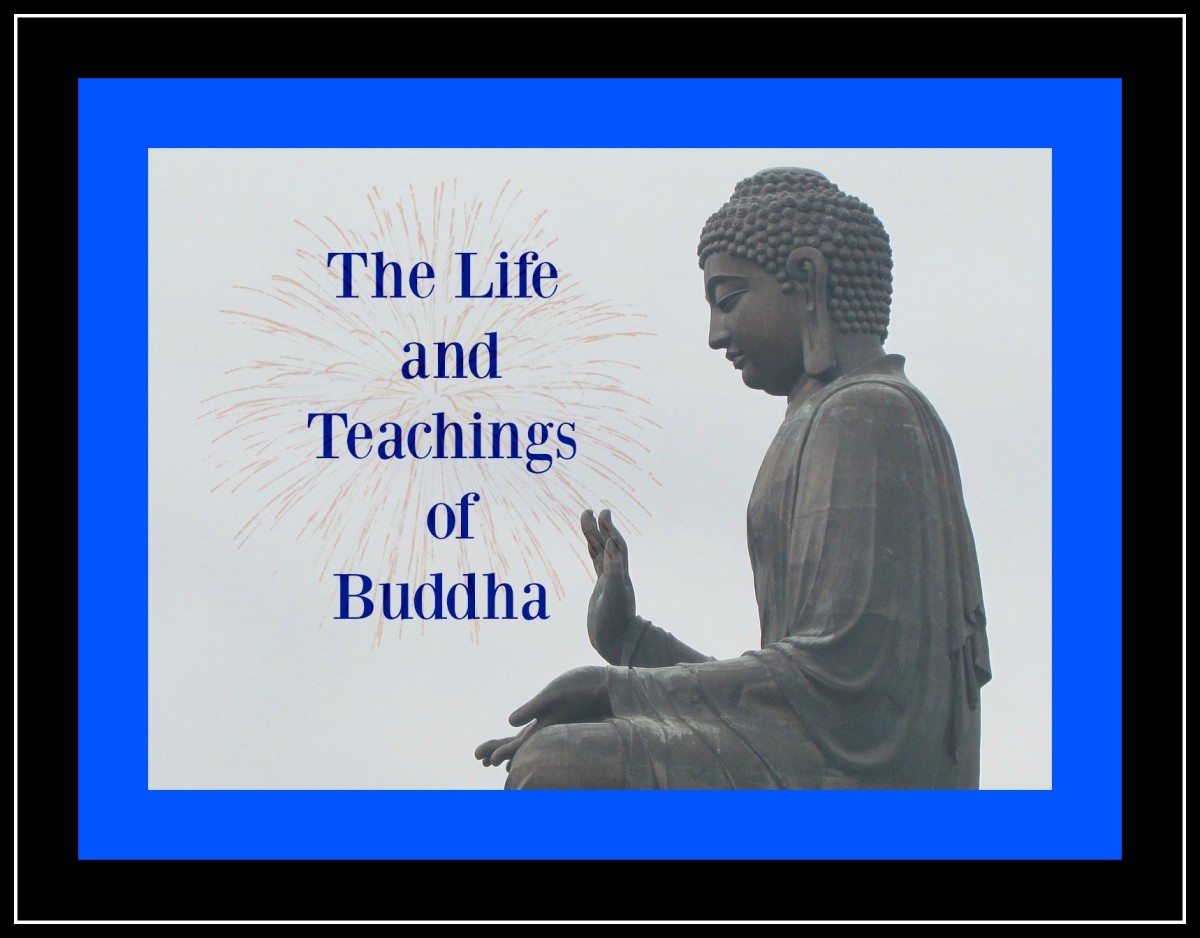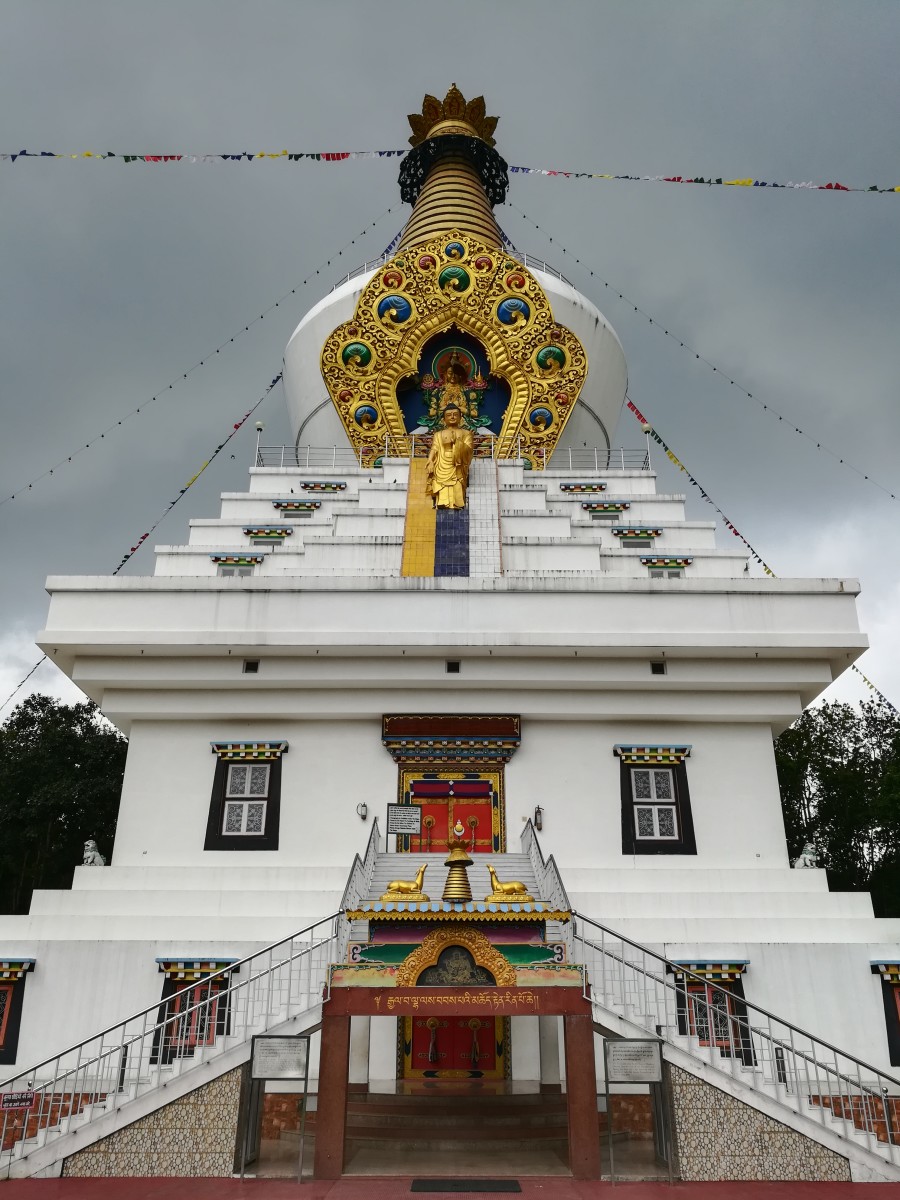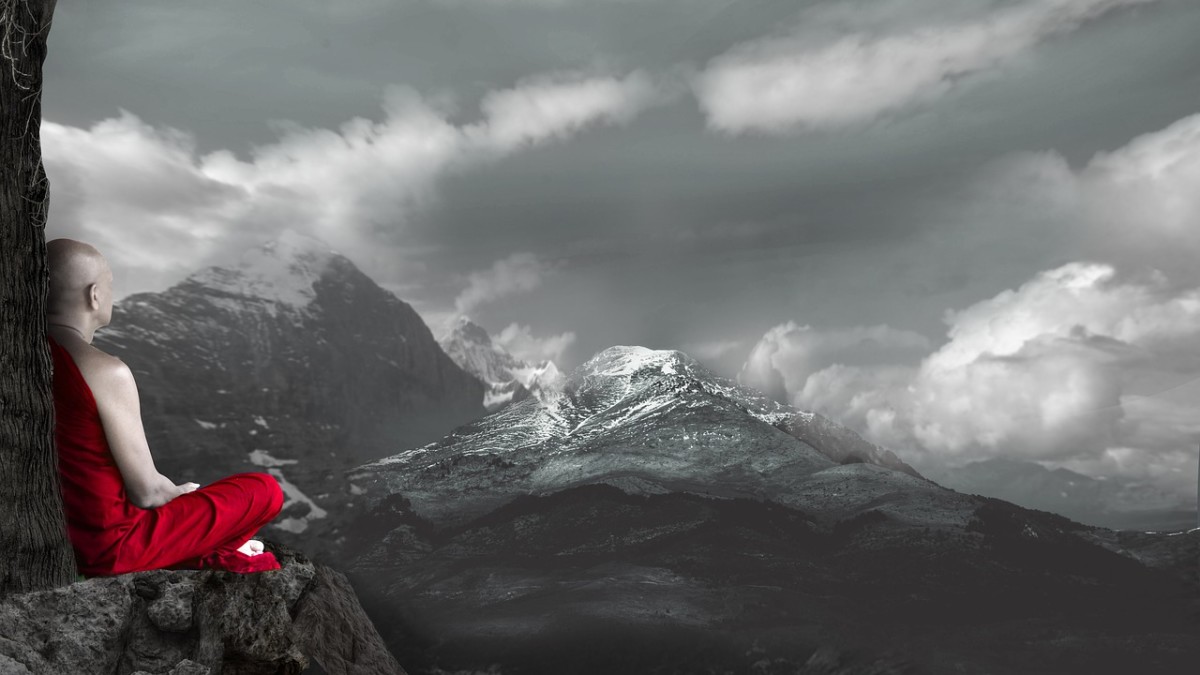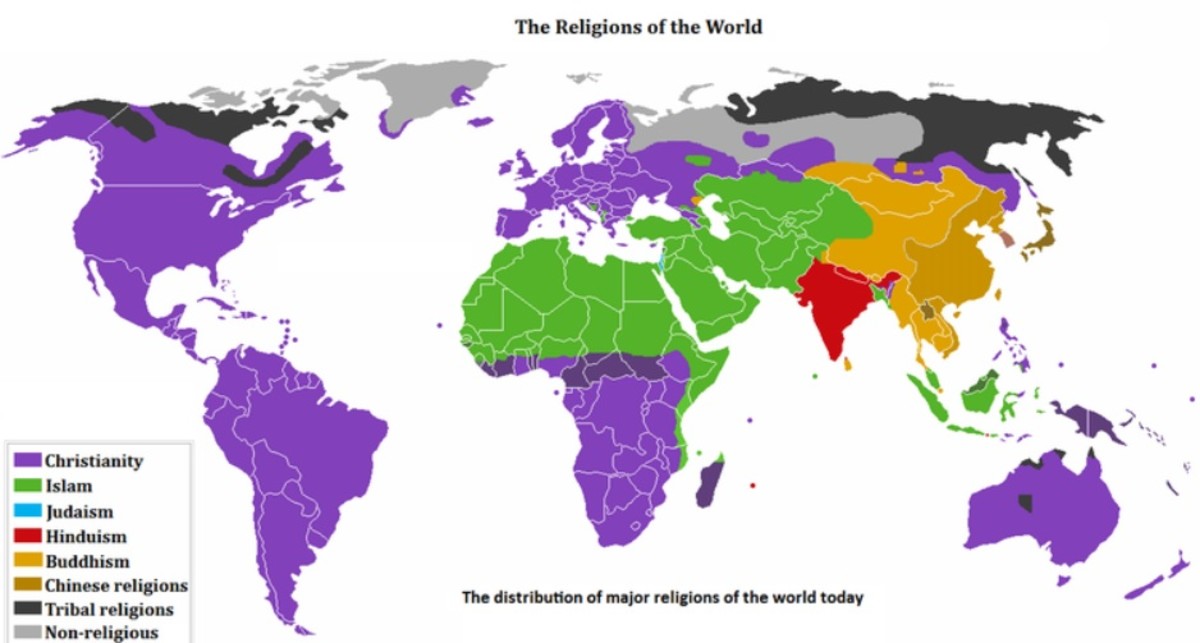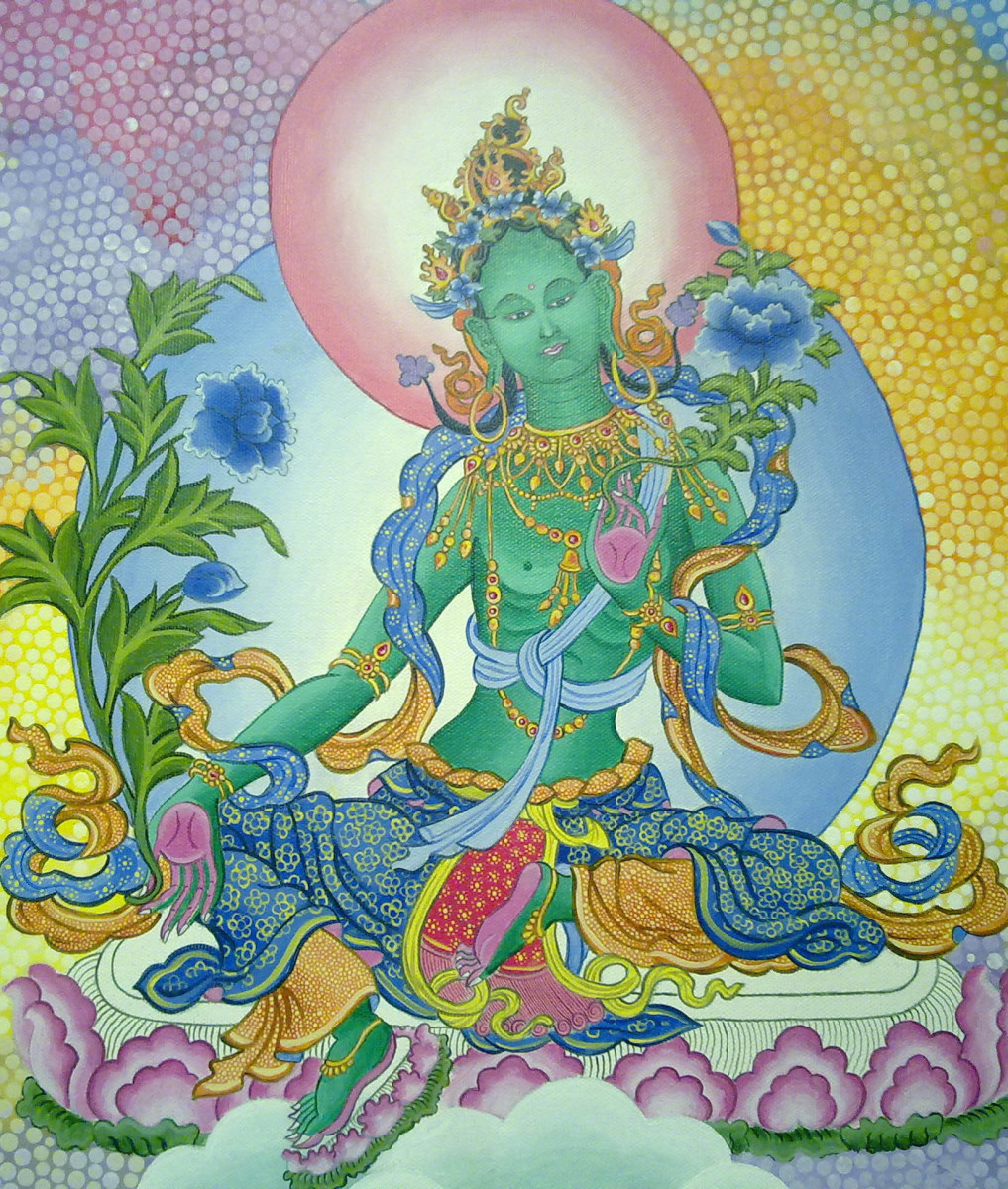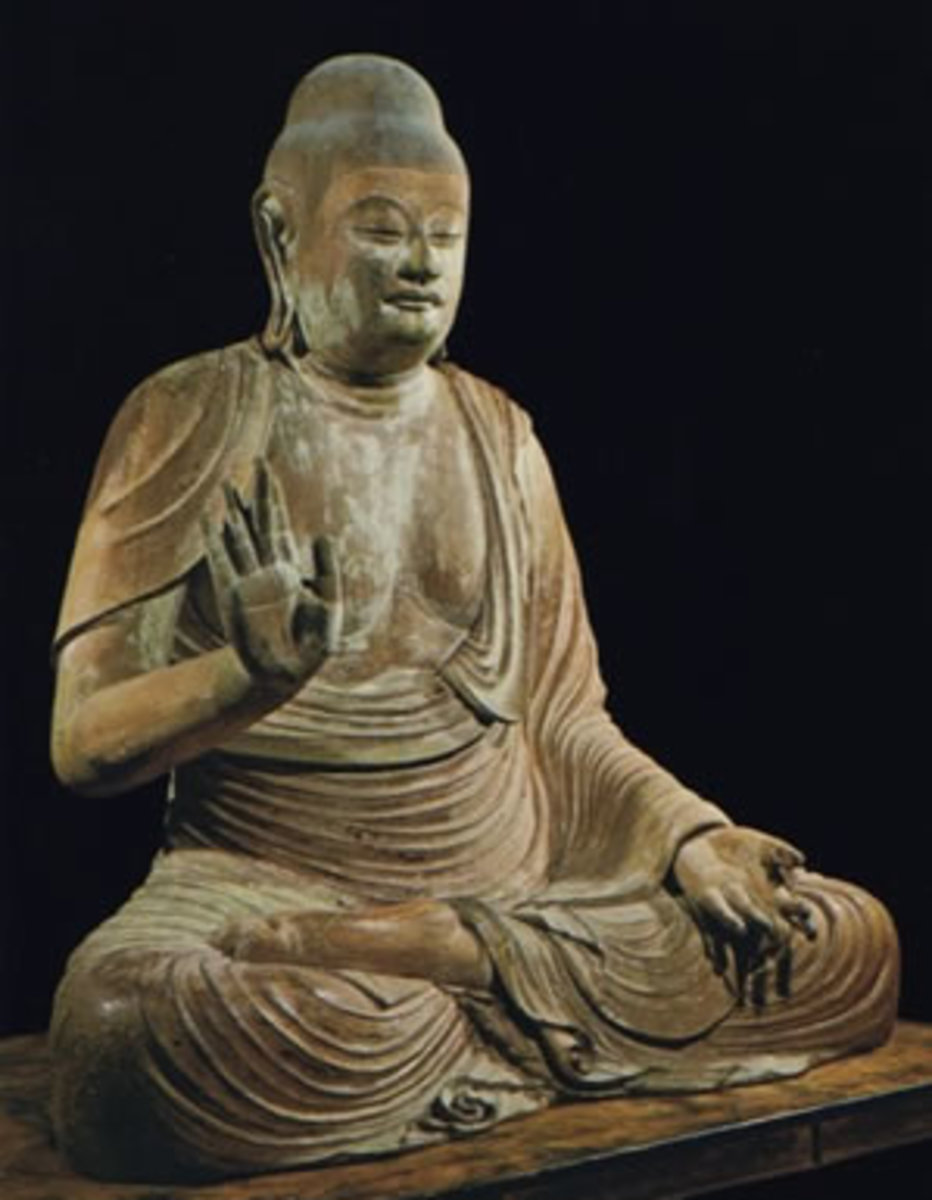Tenets of Buddhism
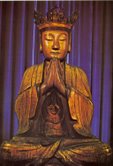
Principles of Buddhism
Peace, Harmony and Much Love to You All !
God speaks to all of us, no matter who we are or where we come from. And it is the human aspects of world view, culture and family upbringing, etc, that can tint, color, shade, or even completely block out our ability to hear and interpret the Word of God as it comes through our human consciousness. Wholistically speaking (in my definition of wholistic), all of the worlds religions, philosophies and even our individual belief systems that may have nothing to do with religion or philosophy, are interpretations of our own highest inner guidance which we choose to call God, Allah, Jehovah, Buddhic Consciousness, Creator, Source, Universe, Infinite Intelligence, Mother Nature, Great Spirit, Mind of God, Christ Mind, Higher Self, etc.
Today, I would like to share a much shortened version of the life of Siddhartha becoming Gautama the Buddha, the "tenets" of Buddhism: The Four Noble Truths, the Eightfold Path and the Middle Way.
Also the Golden Mantra. Which is the "primo" mantra for all times. I have written simple instructions for the "performing" of the mudras (hand positions) that go with this mantra, as I learned them.
Please know that I have studied aspects of different religions with a consciousness focus of unity across them all, so to you Buddhists out there, if this is different than you know, this is just how I have learned it.
The Story of Buddha
Siddharta Gautama was born during the full moon in Taurus in the month of May, around the year 563 BC. His mother and father were "queen and king" of the Sakya kingdom in Northern India. His birth was considered to be most auspicious and seven Brahmin priests agreed that the child would become a universal king to unify India...if he stayed at home to live his life. An eighth priest stepped forward and proclaimed that the child would become a Buddha because he will leave his home after seeing four signs: an old man, a diseased man, a dead man, and a holy man.
Well, the child's father, the king, did not want to lose his heir to the throne and all his fine material possessions, so he did everything he could to keep the boy sheltered from all the pain and suffering of the world. Surrounding him in luxury, entertainment, sports and all manner of activity, he was able to do so until Siddharta was twenty-nine years old.
One day while Siddharta was in a procession in honor of his royal seat of prince of the kingdom, even though his father had made plans to hide all of the signs from him, Siddharta caught a glimpse of an old man being shuttled out of sight. He was so greatly surprised, having never seen an old person in his life, that he determined to secretly get out of the palace to see the world. On these journeys he encountered the three other signs. He was so moved by compassion after seeing the first three signs, that when he saw the last, a holy man, he was inspired to leave the world he knew to find a solution to end the suffering of life.
Siddharta made a plan to sneak out of the palace, leaving his wife and newborn son, to begin the life of an ascetic, a wandering monk. He practiced all the different austerities until it nearly killed him. He realized the futility of asceticism and began his seeking of enlightenment.
One day he determined to sit under a fig tree and vowed that he would not move until he had attained enlightenment. This tree became known as the Bo tree (short for Bodhi or enlightenment) and the place under it was known as the Immovable Spot.
During Siddharta's meditation under the Bo tree, Mara, the evil one tempted him. Mara tempted him with beautiful girls, terrible demons and assailed him with flaming rocks, boiling mud and utter darkness...but Siddharta was unmoved. Mara challenged Siddharta's right to be doing what he was doing and Siddharta touched the earth and thundered his answer "I bear you witness!" Mara fled from his presence. Spending the night in samadhi (a very high state of consciousness, the final stage before enlightenment) during the full moon in Taurus in the month of May, around the year 528 BC, Siddharta reached enlightenment. In this state of enlightenment he realized the
Four Noble Truths:
- The Noble Truth of suffering (all life is suffering)
- The Noble Truth of the cause of suffering (wrong desire which binds humanity to the wheel of death and rebirth)
- The Noble Truth of the cessation of suffering (wrong desire can be overcome)
- The Noble Truth of the path which leads to the cessation of suffering. This path which leads to final liberation is the Eightfold Path:
- Right Knowledge
- Right Aspiration
- Right Speech
- Right Livelihood
- Right Effort
- Right Mindfulness
- Right Meditation or Absorbtion
I believe the Middle Way is meant to personify that all things done in life are to be done in moderation, to maintain the balance of harmony. Similar to what I define as a wholistic lifestyle.
Siddharta became known as Gautama Buddha. He established what are known as the Three Jewels: the Buddha, the Dharma, and the Sangha [recognizing that we can all become as a Buddha, by following the law of the teachings that orders the Universe (Dharma), to create the community (Sangha)].
For nearly fifty years Gautama Buddha traveled across India teaching his ego-shattering, life-redeeming message. He challenged the deadness of Brahmin society (the castes of Hinduism), founded an order of monks and taught them the disciplines of the path, gave private counseling, encouraged the faithful and comforted the distressed.
At the age of eighty, one of his devotees accidentally fed Gautama poisoned mushrooms in his meal. Even though he became violently ill, realizing only then that the mushrooms were the culprit, Gautama had so much compassion for his devotee, not wanting him to feel responsible for his death, that he asked his main disciple Ananda to tell the devotee that of all the meals he had ever eaten, only two stood out as special blessings. The meal of porridge served him just before his enlightenment and this one, that opened the gates to his transition. Gautama passed during the full moon in Taurus in the month of May, around the year 483 BC.
Of course, this is a much shortened version of the story of Gautama. For a beautiful movie about Tibetan Buddhism, that includes the story of Siddharta, see "The Little Buddha", a modern film about how the Tibetans look for their next Dalai Lama.
"There is no path in the sky...one must find the inner path. All things indeed pass away, but the Buddhas are forever in eternity."
Gautama Buddha, The Dhammapada
The Golden Mantra
The Golden Mantra has been passed down through the centuries from Padma Sambhava to all aspiring followers of the Buddhas and Bodhisattvas. Padma Sambhava is considered to be the Teacher of teachers. His mantra is the Key for followers in the earth to use during times of troubles, disease, poverty, warfare and for all problems. Use of this mantra takes you to the hearts of the Great Ones of God's hierarchy for their intercession as an antidote to confusion and frustration during these times, bringing great Love and Peace to self and all on the earth.
OM AH HUM VAJRA GURU PADMA SIDDHI HUM
translation: OM (Thou jewel in the lotus), AH HUM (Hail to the jewel in the lotus), VAJRA GURU (a being who has fully mastered the path of Vajrayana, a school of Buddhism prevalent in Tibet, who arose from a lotus PADMA SIDDHI [Padma Sambhava], please grant me the ordinary and supreme accomplishments, HUM ! )
Mudras of the Golden Mantra
The Energy of God (Light) that flows through you daily is sacred, and is a defense at all levels of being, when it is qualified by the human mind and soul with right thought, word, attitude and deed in all aspects of life.
A mudra draws that Light energy into the body and focuses it for good thought, word and deed. It is our responsibility to focus this Light for good, for the service to, and the up-lift-ment of, humanity.
Mudras are to be used only in great humility and love and for peaceful purposes; that includes for self-defense and protection of self and others.
The Golden Mantra and mudras can calm a person or a crowd, and grants all accomplishments, supreme and common.
OM AH HUM- the call to God for the supreme essence of enlightenment of body, mind and speech, and to come into the physical world and into the physical body (hold hands in prayer form, at crown, at throat, then at heart)
VAJRA-the thunderbolt that penetrates all that is less than God and affirms the soul’s right to be in the earth (right hand, tips of fingers are touching earth, palm down)
GURU-invites God’s hierarchy Father aspects(all teachers that are ascended masters, buddhas and light beings) to help and reinforce our service to the world (right hand, palm up, as if receiving the help from another and as extending help to others)
PADMA-invites all the feminine beings of God’s hierarchy (Mother aspects) to help us, protect us, and reinforce our service to the world (right hand, palm vertical facing forward at the side at the level of the heart)
SIDDHI- united, you and the Father/Mother God and helpers, work to conquer darkness and bring love to the world (index and thumb touching, with both hands touching at the tips of these fingers, making a figure 8, held in front between the solar plexus and the heart)
HUM- brings it all together, surrounds and protects all, affirming “IT IS DONE!” (from the point of figure 8, with the right hand draw a circle around self and back again to figure 8; visualize making the circle around all others and any situations)
Sources: Huston Smith, "The Religions of Man, edition 1990; Christmas Humphries (Ed.), "The Wisdom of Buddhism, 1987; "New Larousse Encyclopedia of Mythology; ECP, "Saint Germain on Alchemy, glossary; ECP, "The Message of the Inner Buddha," 5/21/98
Buddha of the World
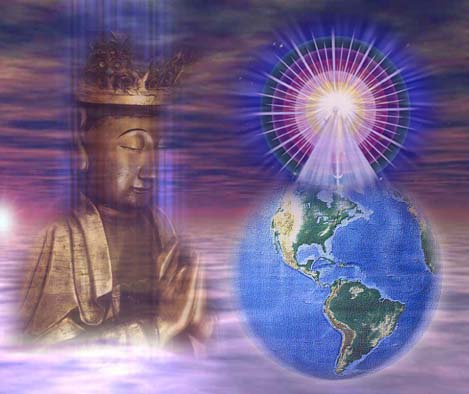
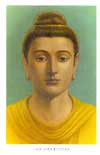
join HubPages to write about topics you love-for Free-and get paid for it!
- Soda Pop is Unhealthy
Recent research reports from the United Kingdom say that the common preservative used in carbonated drinks can switch off essentail parts of DNA, which may bring on premature aging and trigger diseases...

